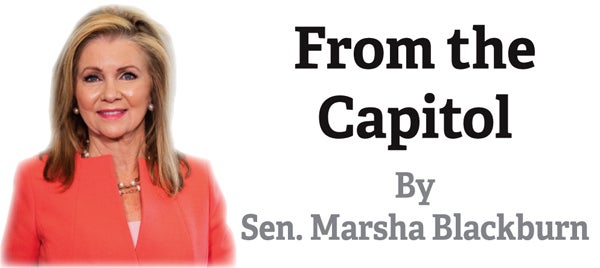Insurance flip-flop hurts vulnerable seniors
Published 10:43 am Monday, December 3, 2018
By Kenneth E. Thorpe
Open enrollment for Medicare’s prescription drug benefit is underway. From now until December 7, millions of seniors will search for and select a drug plan that best fits their medical needs and budgetary constraints. The vast majority of seniors have at least one chronic condition, and more than two thirds have two or more chronic conditions — so choosing the right coverage is important.
Fortunately, premium prices are expected to remain stable. But out-of-pocket pharmacy costs are expected to rise, thanks almost entirely to the benefit design set by many insurance plans. To keep premiums low, insurers are saddling sick enrollees with higher out-of-pocket bills.
Increasing out-of-pocket expenses for patients with multiple chronic conditions is counterproductive.
Higher cost-sharing reduces the likelihood of adherence to medication regimens, thus aggravating people’s underlying health problems and driving up costs elsewhere in the healthcare system.
Research shows that non-adherence causes at least 10 percent of hospitalizations and costs the rest of the healthcare system upwards of $289 billion annually. It also puts a higher cost burden on those who need help the most — research has shown that for the sickest, a $1 increase in co-payments results in a $1.78 increase in overall healthcare spending. This especially hurts seniors with multiple chronic conditions.
Health plans are supposed to shield patients from financial ruin when disease strikes. Since the Affordable Care Act took effect, insurers have been prohibited from denying insurance to anyone. Beneficiaries pay a monthly premium with the understanding that their individual health dollars support a larger “risk” pool. Those who are healthy thus subsidize those who are sick, knowing that if they themselves fall ill, they’ll be protected.
When it comes to prescription drug coverage, however, insurers increasingly flip this dynamic. They’re effectively raising costs on the sickest individuals to offer savings to healthy enrollees.
Here’s how. Pharmaceutical companies offer large discounts to health insurers to ensure their drugs are covered by health plans. In Medicare, for example, brand-name drugs are discounted by 30 percent, on average. Last year, the pharmaceutical industry paid out $153 billion in total discounts and rebates.
Insurers keep some of these rebates for themselves and use the rest to lower premiums. That’s good news for healthy enrollees.
But these discounts are not shared directly with patients at the pharmacy. Most insurers require patients to pay co-insurance on brand-name drugs, which is a set percentage of a drug’s sticker, or “list,” price, rather than a percentage of the discounted price the insurer pays.
As a result, sicker patients who fill lots of prescriptions rarely benefit from the massive discounts granted by drug companies. This isn’t how insurance is supposed to work.
The Trump administration recognizes that drug benefit design is undermining the foundational promise of insurance. In its 2019 budget, the administration put forward a plan that would require insurers in the Medicare drug benefit to share a portion of negotiated discounts with patients at the point of sale.
These are encouraging developments. Unless insurers share discounts directly with patients, high cost-sharing requirements will continue to prevent sick enrollees from taking their prescriptions as directed. That means worse health outcomes for those patients — and higher spending for the Medicare program, and thus taxpayers.
(Kenneth E. Thorpe is a professor of health policy at Emory University and chairman of the Partnership to Fight Chronic Disease)




